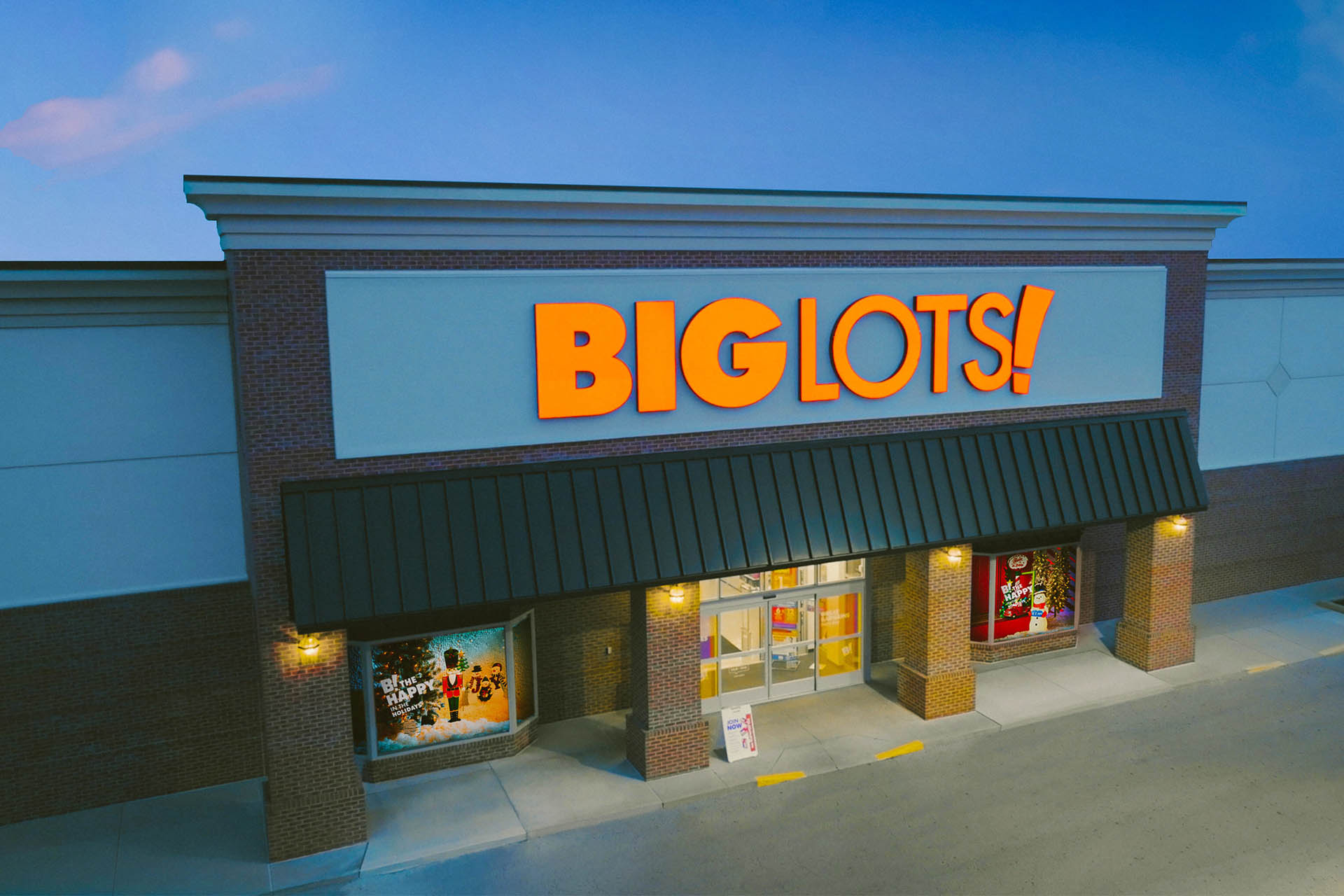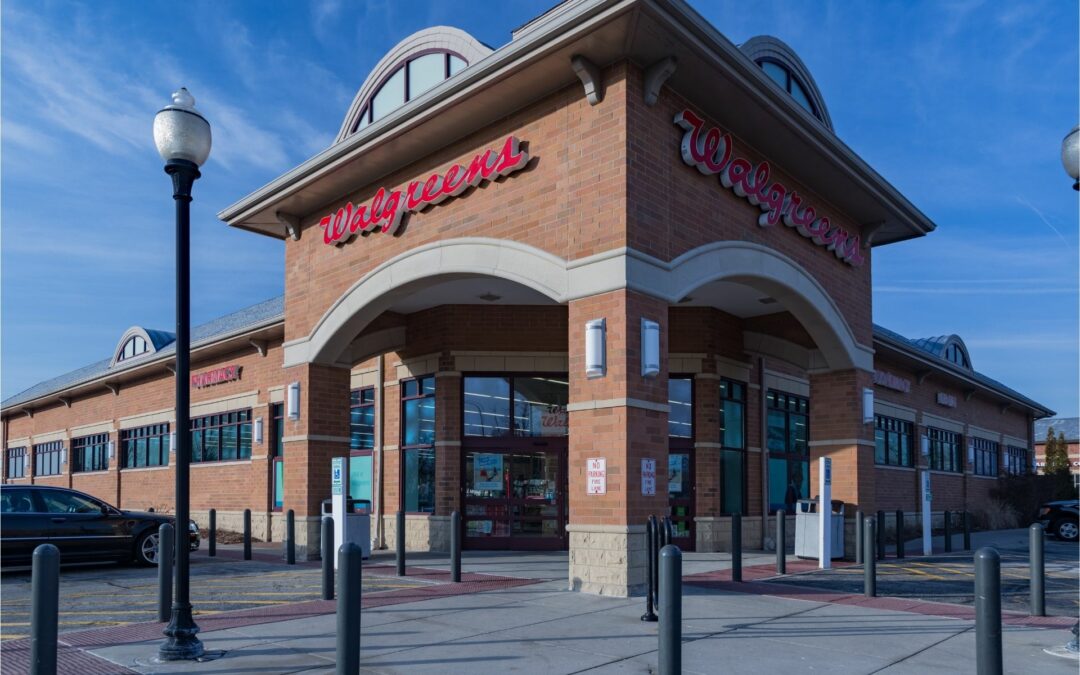Although Big Lots’ fourth-quarter loss was greater than expected by Wall Street, the retailer’s CEO said it is on track to reinforce its position as a leading discount home store.
In the 14-week fourth quarter, Big Lots reported a net loss of $30.7 million, or $1.05 per share, versus a net loss of $12.5 million, or 43 cents per share, in the 13-week year-prior period.
The fourth quarter fiscal 2023 results include a net after-tax loss of $22.4 million, or 77 cents per share, associated with distribution center closure costs, impairment charges and fees related to the company’s Project Springboard strategy, offset in part by gains on the sale of real estate and an income tax benefit related to the valuation allowance recorded earlier in the annum. As such, adjusted net loss in the fourth quarter of 2023 was $8.3 million, or 28 cents per share, versus $8.1 million, or 28 cents per share, in the year-earlier period, the company reported.
A Yahoo Finance analyst consensus estimate forecasts a net loss of 23 cents per share and revenues of $1.43 billion.
Comparable sales declined 8.6%. Net sales were $1.43 billion versus $1.54 billion in the year-previous quarter. Operating loss was $23.8 million versus $8.1 million in the year-before period.
The net impact extra week, offset by a net decrease in store count, contributed 140 basis points of sales growth in the quarter year over year.
For the full fiscal year, net loss was $481.9 million, or $16.53 per diluted share, versus $210.7 million, or $7.30 per diluted share, in the year prior. Adjusted net loss was $210.4 million, or $7.22 per share, versus $171.9 million, or $5.96 per share, in the year earlier, Big Lots maintained.
Net sales were $4.72 billion versus $5.47 billion in the year previous. Operating loss was $387.4 million versus $261.5 million in the year before.
In a conference call, Bruce Thorn, Big Lots president and CEO, said the company is driving initiatives and leveraging its value heritage to shore up its position as what he termed “America’s discount home store.” Among actions taken to that end, Big Lots recently completed buys from several branded furniture and home furnishings manufacturers to add more newness and excitement at value prices.
Furniture and soft home sales improved sequentially in the third quarter year over year, and furniture had significant comp improvement in the fourth quarter, with soft home sales improving as well. Hard home sales softened in the third quarter, and Big Lots brought in a new lead for the category with off-price experience.
On the e-commerce side of the business, Thorn said Big Lots keeps on enhancing its platform, paying special attention to big-ticket furniture and seasonal products to create a more positive home shopping experience. In the coming quarters, shoppers will be able to browse more of Big Lots products online, and store employees will have new tools to help customers place in-store orders for a more seamless, endless aisle experience, he said.
In announcing the financial results, Thorn said, “For Q4, as we announced on February 12, we delivered on our guidance for comparable sales, gross margin rate, operating expenses, and inventory. We believe progress on the five key actions that underlie our strategy, which is to own bargains, communicate unmistakable value, increase store relevance, win customers for life with our omnichannel efforts, and drive productivity, enabled us to deliver adjusted operating profit growth in Q4, marking the first quarter of adjusted operating profit in two years. We expect quarterly year-over-year gross margin improvements to continue in 2024 and see a path to positive comparable sales as the year progresses. Further, we expect to realize most of the $200 million-plus of bottom-line opportunities through Project Springboard. We also expect to grow our bargains penetration significantly to 75% of our sales, and within that, we will have an expanded assortment of extreme bargains. These extreme bargains create a more exciting treasure hunt experience, which will keep our customers coming back to our stores and help drive comparable sales growth.”
Thorn noted efforts to aggressively manage costs, inventory and capital expenditures while monetizing owned assets, which have enabled Big Lots to maintain liquidity despite a recent rough ride for the business.
“We took out over $140 million of SG&A during the year, cut capex by almost 60% year over year, reduced inventory by nearly $200 million, and monetized assets worth over $300 million,” Thorn said. “Our net liquidity at the end of the fourth quarter was $254 million, and we generated significant free cash flow in the fourth quarter, enabling us to reduce our ABL balance. As we look into 2024, we continue to evaluate additional financing options as a normal part of prudently managing our business. While near-term conditions may remain challenging, we look forward to returning the company to health and prosperity and believe we are taking the right actions to do that.”





